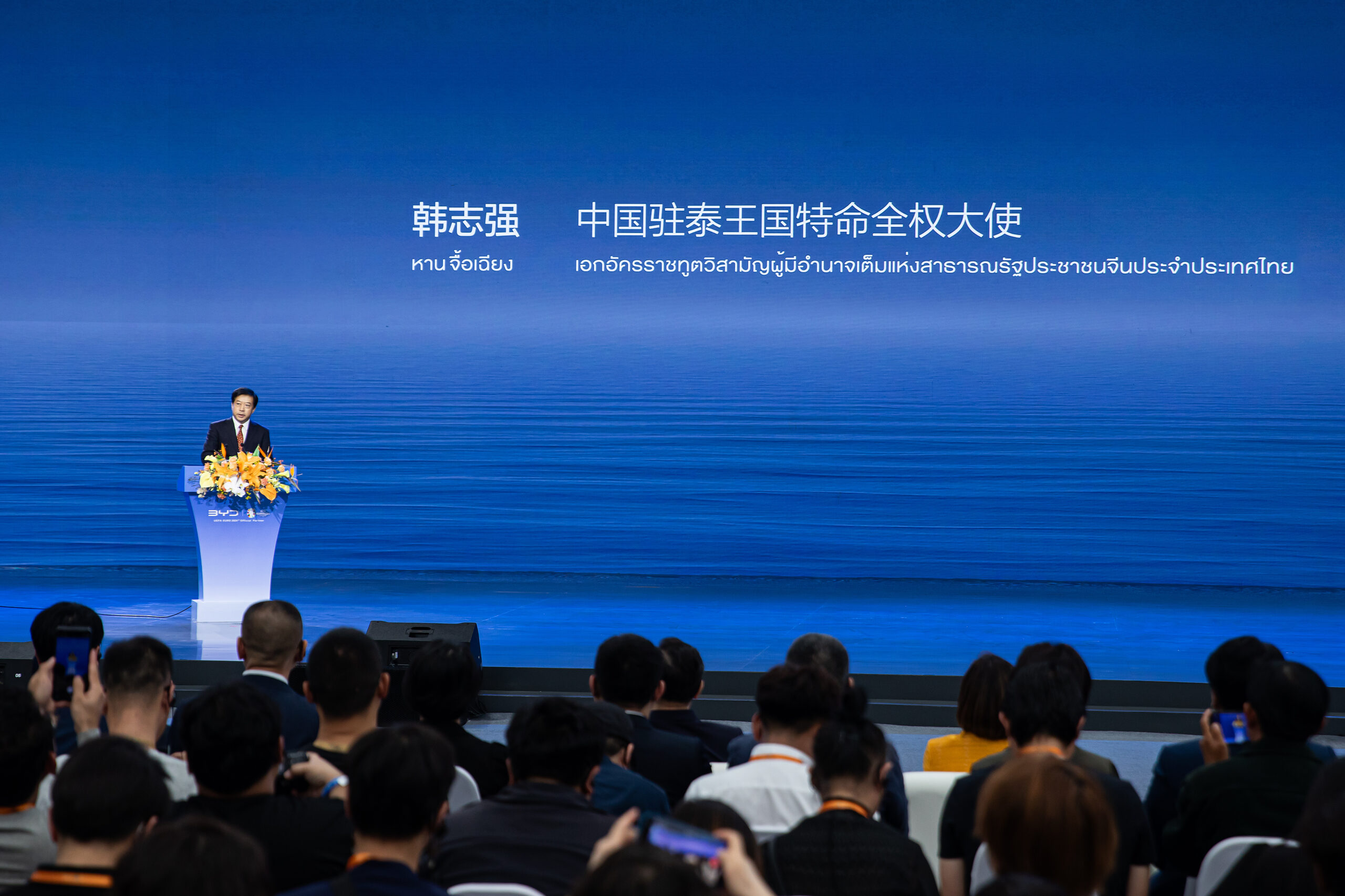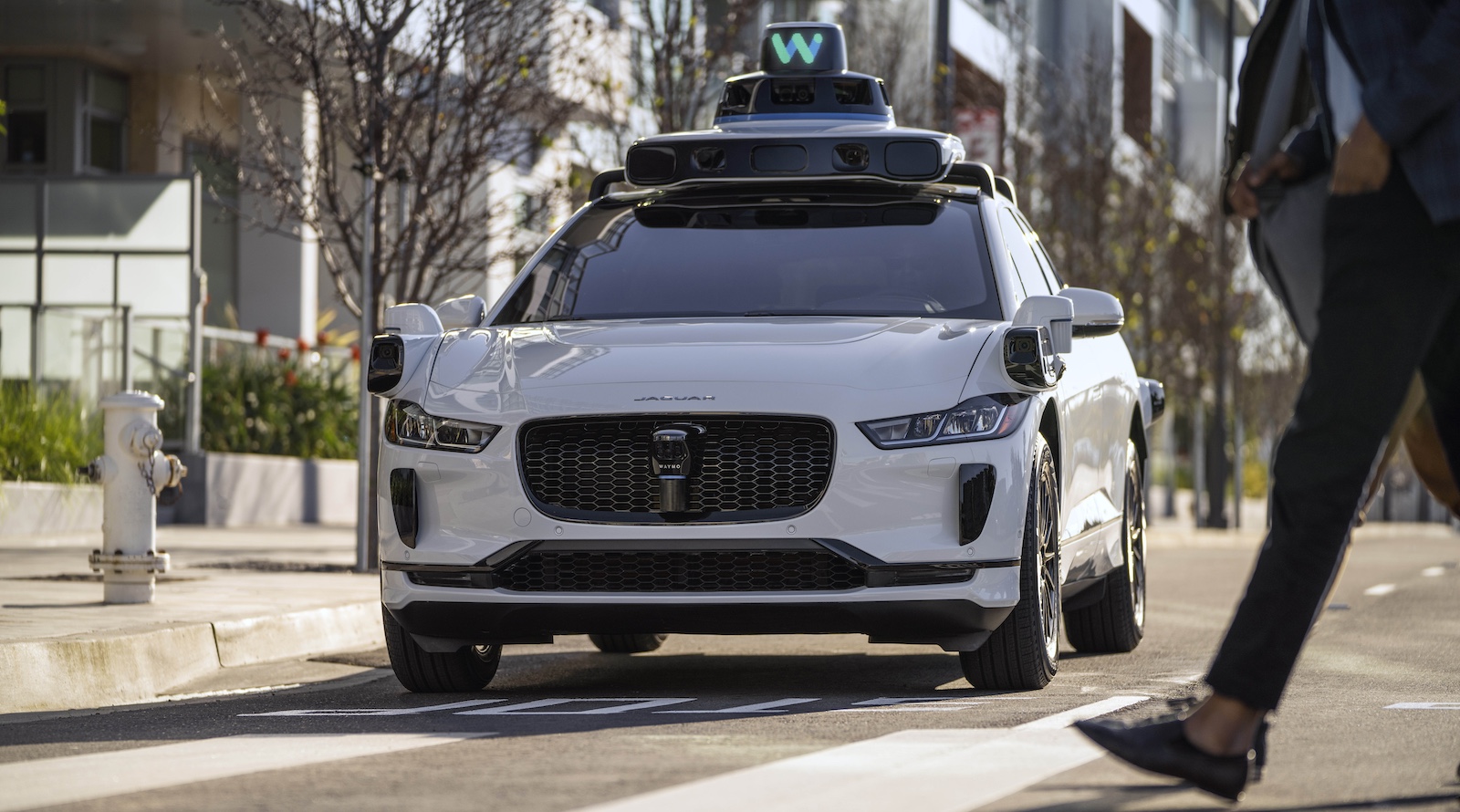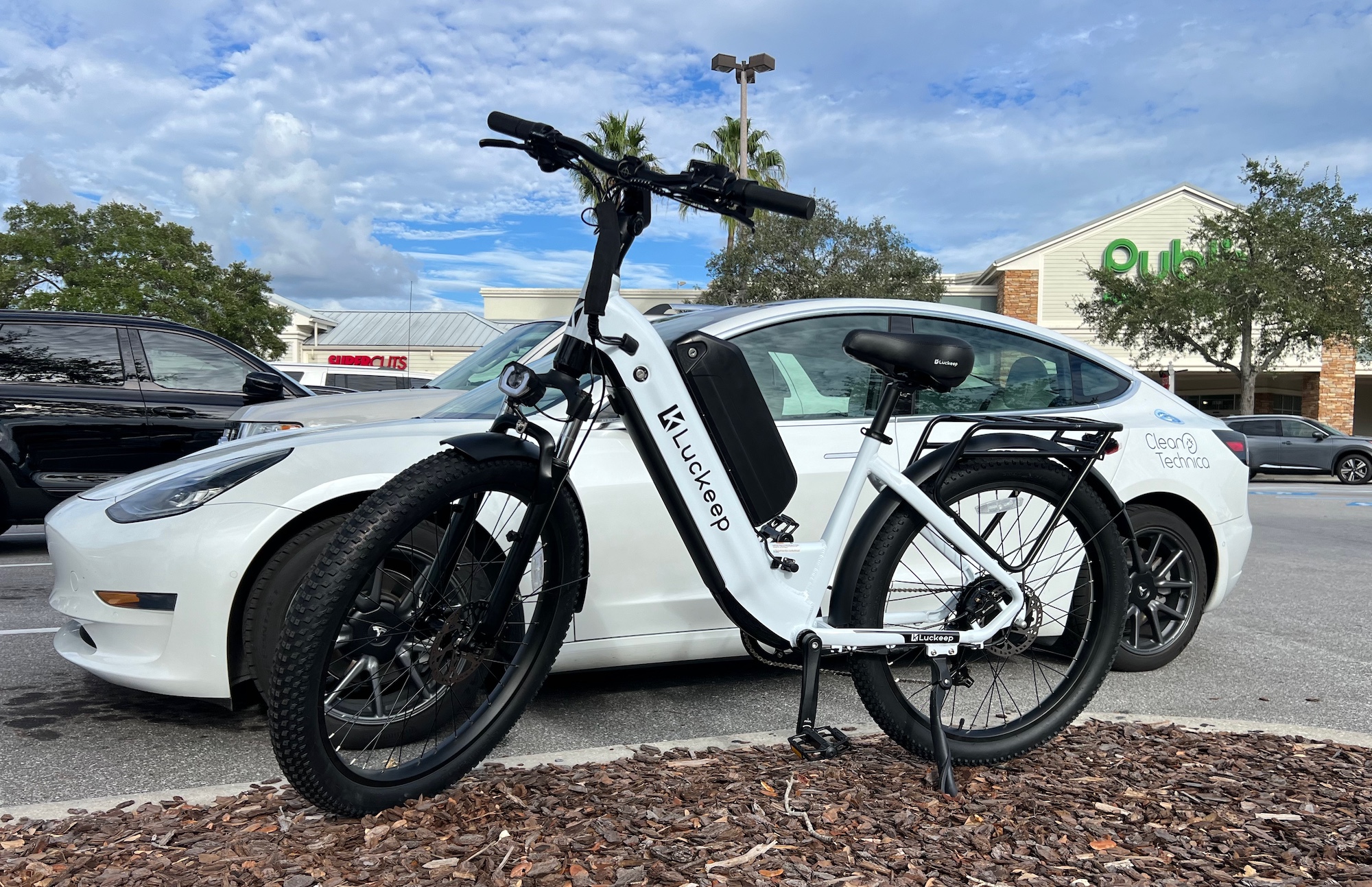Sign up for daily news updates from CleanTechnica on email. Or follow us on Google News!
Gogoro, an exciting company we’ve covered before that sells battery-swappable scooters, announced the launch of the company’s scooter ecosystem in India. The company also unveiled its first India-made Smartscooter, the CrossOver GX250.
Gogoro battery swapping represents a new era of swappable battery refueling that is intelligent, safe, and continuously evolving to meet the needs of riders, businesses, and communities. It does this with ease because a scooter’s battery pack (or part of it) can be easily swapped by most adults. By needing only enough battery to carry a person and a small vehicle around, batteries can be small and light. The swap stations can also be small and light, and are easily placed around cities to make it easy to get a fully-charged battery fast.
It’s also very much possible to charge Gogoro batteries at home. You can’t really lug a whole scooter up four flights of stairs, and in taller buildings, they probably won’t let you put it in the elevator. But, the removable batteries can be lugged up stairs and plugged in overnight for more cost savings over the swapping stations.
In Taiwan (the company’s home country), The Gogoro Network has leveraged this innovative solution and earned the patronage of nearly 600,000 riders, boasting an extensive network of 12,000 battery swapping stations across over 2,500 locations. As of this writing, there are more than 1.3 million smart batteries in circulation. More importantly, with over 400,000 daily battery swaps and a staggering total of 510 million battery swaps to date, Gogoro’s battery swapping initiative has effectively curbed CO2 emissions by over 785,000 tons since its establishment in 2015.
Given the prevalence of two-wheeled vehicles in most of the world, and given their popularity in India, scooters with swappable batteries and widely available stations make for an easy way to bring electric to the transportation scene. Unlike electric cars, they can still be cheap and they don’t require expensive charging infrastructure to be practical.
The company is initially launching its services for B2B customers in Delhi and Goa. Expansion to Mumbai and Pune is planned for the first half of 2024, with consumer availability expected in the second quarter.
“We are at the cusp of a dramatic change in the global urban transportation landscape, and with its more than 250 million mopeds and motorcycles India is well positioned to lead the shift to sustainable consumer and B2B transportation,” said Horace Luke, founder and CEO of Gogoro. “The Gogoro CrossOver series embodies everything our brand has come to stand for and the new made-in-India CrossOver GX250 is optimized for riders in India with more seating space, greater storage and better ground clearance.”
Gogoro’s CrossOver GX250
The CrossOver series is built on a completely redesigned all-terrain frame that offers increased rigidity and comfort, along with a range of storage, riding, and customization capabilities.
In India, the CrossOver will be offered in three models: the CrossOver GX250, CrossOver 50, and CrossOver S. The CrossOver GX250 is already available, while the CrossOver 50 and CrossOver S are scheduled to be shipped later in 2024. The 250 is Gogoro’s first India-made model, and it’s manufactured in Maharashtra. The company says it embodies the finest qualities of Gogoro’s new CrossOver Smartscooters, while incorporating India-specific features that were requested by Gogoro pilot riders in India, making for a truly Indian scooter.
India’s International Centre for Automotive Technology (ICAT) granted certification to the CrossOver GX250 for the Indian market in August. Later, in November, Gogoro achieved a milestone as the first foreign two-wheel OEM to receive recognition from the Small Industries Development Bank of India (SIDBI). This recognition enables the CrossOver GX250 to qualify for SIDBI’s EV financing programs, making it a lot easier for customers to actually buy.
“Gogoro was uniquely created to introduce a mass market shift to sustainable energy in densely populated cities by establishing an intelligent battery swapping ecosystem for vehicle refueling that is safe, scalable and open. There has been significant demand in India for Gogoro battery swapping, Smartscooters and technologies and we are excited to be launching commercially with a variety of partners,” said Luke. “On average, last mile delivery riders ride more than six-times the distance as consumer riders, so enabling these delivery riders to adopt smart sustainable electric transportation can have an accelerated impact on a city.”
Why This Story Matters, A Lot
I know I’ve said this a bunch of times before, but the fact is that two-wheeled vehicles rule the world. Sales of motorcycles and scooters dominate over four-wheeled car sales, and it isn’t even close. Sales of bicycles in turn dwarf motorcycle sales, again by a super wide margin.
The expense of owning a car is the prime reason for this. While cars dominate the wealthiest countries, and in many places you simply can’t get around without one, developing countries and countries with higher densities make car ownership unattractive and unessential for most people. A scooter or bike people can afford will beat the car they can’t afford every single time. It’s a literal no-brainer.
The rise of EVs makes this even harder. Expensive battery packs, the lack of home charging availability (even for scooters, which you can’t drag up the stairs), and the lack of EV charging infrastructure make it tough for anyone to be able to afford an EV in the developing world. But, an electric scooter with a swappable battery makes for an affordable choice that actually fits in the context people live.
It’s even more impactful given that many ICE scooters are powered by a dirty two-stroke engine. Replacing one of those with an electric motor makes for a much larger emissions reduction than replacing a cleaner car engine.
Between all of these things, Gogoro’s scooters are able to have a much bigger impact than the electric cars that are struggling to gain traction even in developing countries. The ease of purchase, ease of refueling, and the big impact they can have on the environment all adds up to a much more impactful vehicle.
It’s not as exciting as a Tesla or a Rivian, but these scooters are going to do a lot more good than these more expensive vehicles ever will!
Featured image provided by Gogoro.
Have a tip for CleanTechnica? Want to advertise? Want to suggest a guest for our CleanTech Talk podcast? Contact us here.
Our Latest EVObsession Video
I don’t like paywalls. You don’t like paywalls. Who likes paywalls? Here at CleanTechnica, we implemented a limited paywall for a while, but it always felt wrong — and it was always tough to decide what we should put behind there. In theory, your most exclusive and best content goes behind a paywall. But then fewer people read it!! So, we’ve decided to completely nix paywalls here at CleanTechnica. But…
Thank you!
CleanTechnica uses affiliate links. See our policy here.




